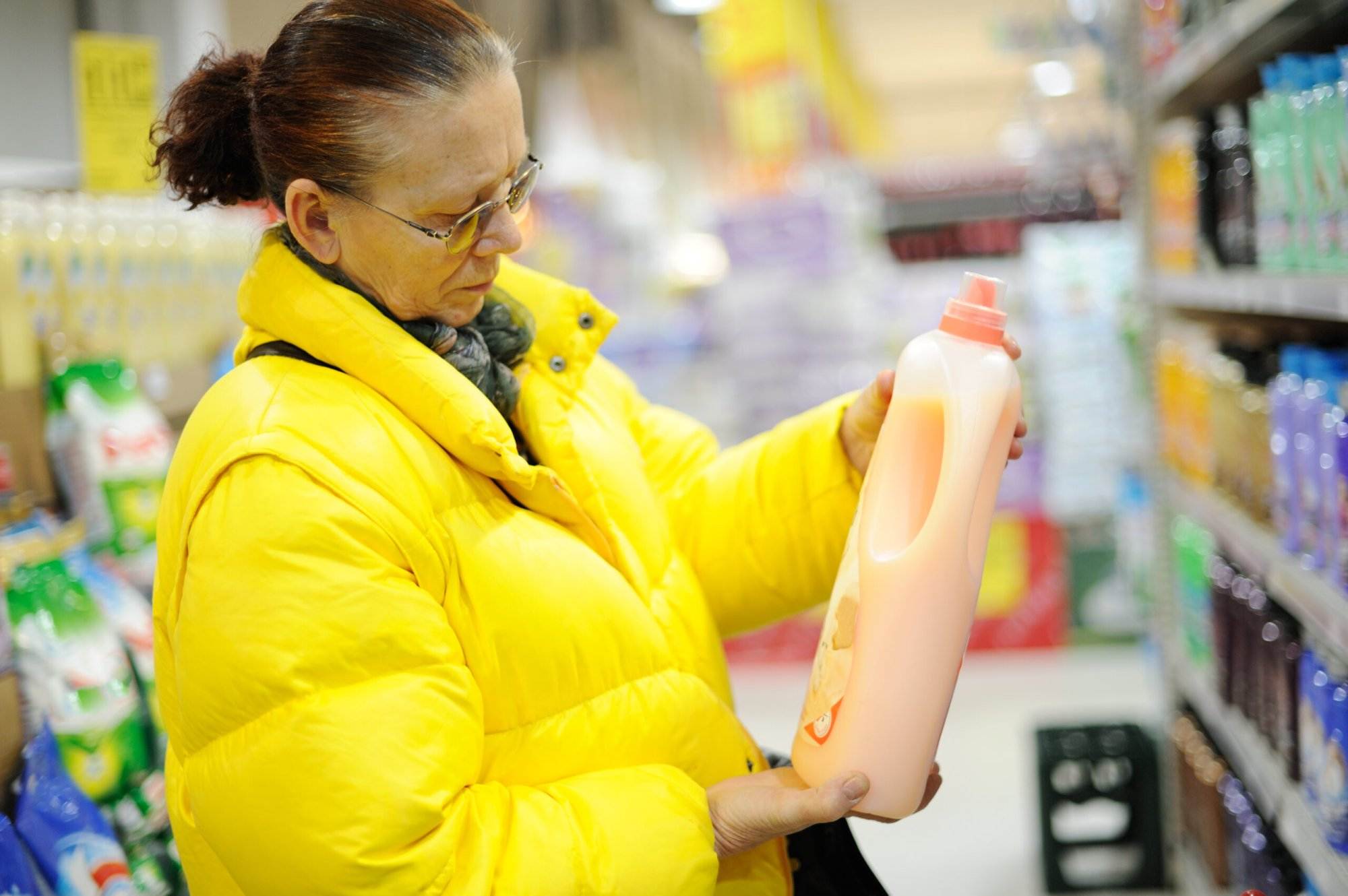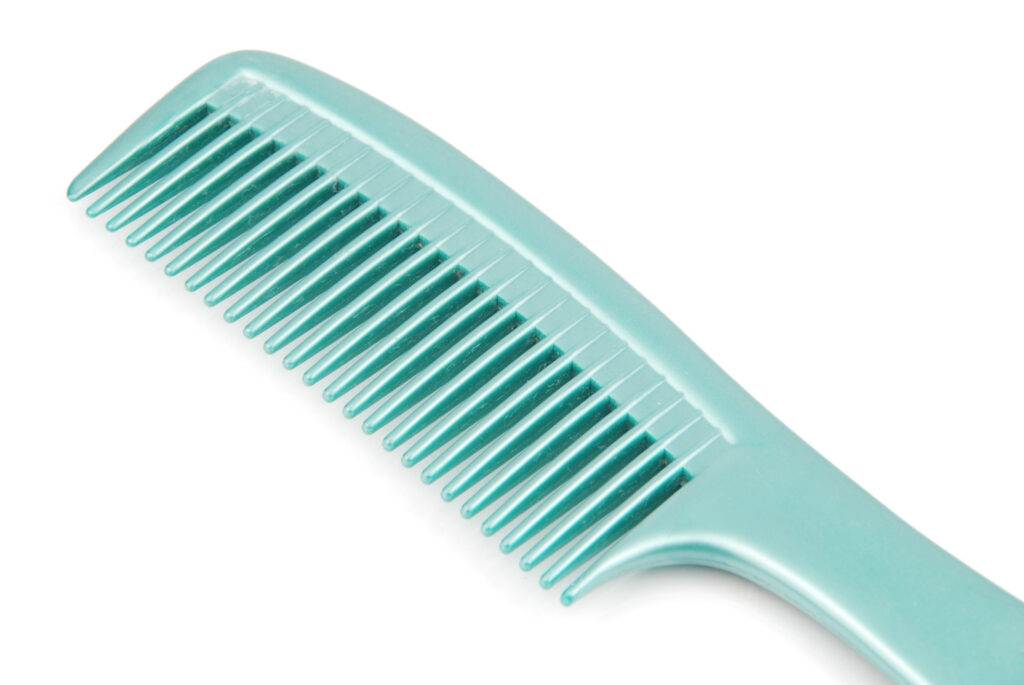Disinfectants are chemicals that kill or deactivate pathogens such as viruses, bacteria, fungi, and spores. They play a crucial role in controlling the spread of infectious diseases by eliminating microorganisms from surfaces. In recent years, there has been an increased focus on sanitizing surfaces to combat viruses and bacteria due to pandemics like COVID-19. This article will discuss the importance of disinfection and deep cleaning in virus and bacteria control.
Introduction to Disinfection & Deep Cleaning
Disinfection is the process of killing or removing pathogenic microorganisms from objects, surfaces, or liquids using physical or chemical methods. It involves the use of antimicrobial agents such as bleach, hydrogen peroxide, alcohol, iodine, and chlorine dioxide. These substances can be applied through various techniques including wiping, spraying, fogging, or immersion.
Deep cleaning, on the other hand, refers to the thorough cleaning of all areas of a room or space, including hard-to-reach places such as under furniture, behind appliances, and inside cabinets. It goes beyond routine cleaning practices and requires additional time, effort, and resources. The goal of deep cleaning is to remove dirt, grime, and germs from every nook and cranny to create a healthier environment.

The Importance of Surface Sanitization
Surfaces in homes and offices are frequently touched and can harbor a wide range of microbes. Studies have shown that common household items such as door knobs, countertops, and keyboards can be sources of cross-contamination during a pandemic. By regularly disinfecting these surfaces, we can reduce the risk of transmission and prevent outbreaks.
Common Viruses and Bacteria Found in Homes and Offices
Some of the most common viruses and bacteria found in homes and offices include:
Influenza (flu) virus
Rhinovirus (common cold)
Staphylococcus aureus (staph)
Escherichia coli (E.coli)
Salmonella typhi (typhoid fever)
How to Perform a Deep Clean
To perform a deep clean, you should follow these steps:
1. Clear the area of any clutter or unnecessary items.
2. Vacuum carpets, rugs, and upholstered furniture thoroughly.
3. Dust all surfaces, including ceilings, walls, and baseboards.
4. Wash windowsills, window tracks, and blinds.
5. Clean floors with a mop and hot water mixed with disinfectant.
6. Scrub showers, sinks, and toilets with a brush and disinfectant.
7. Remove and wash curtains, bedding, and linens.
Tips for Regular Disinfecting
Regular disinfecting is essential to maintaining a healthy environment. Here are some tips for effective disinfecting:
1. Use a product that is registered with the Environmental Protection Agency (EPA).
2. Follow the manufacturer’s instructions carefully.
3. Apply the solution liberally to the surface and let it sit for the recommended amount of time before wiping off.
4. Pay attention to high-touch areas such as doorknobs, light switches, and remote controls.
5. Change your cleaning cloth often to avoid recontaminating surfaces.
Conclusion: Maintaining a Healthy Environment
Maintaining a healthy environment requires regular disinfecting and deep cleaning. By following best practices for surface sanitization, we can minimize the spread of viruses and bacteria and protect ourselves and others from illness. Remember to always wear gloves, masks, and eye protection when handling disinfectants and to dispose of them properly according to local regulations.

